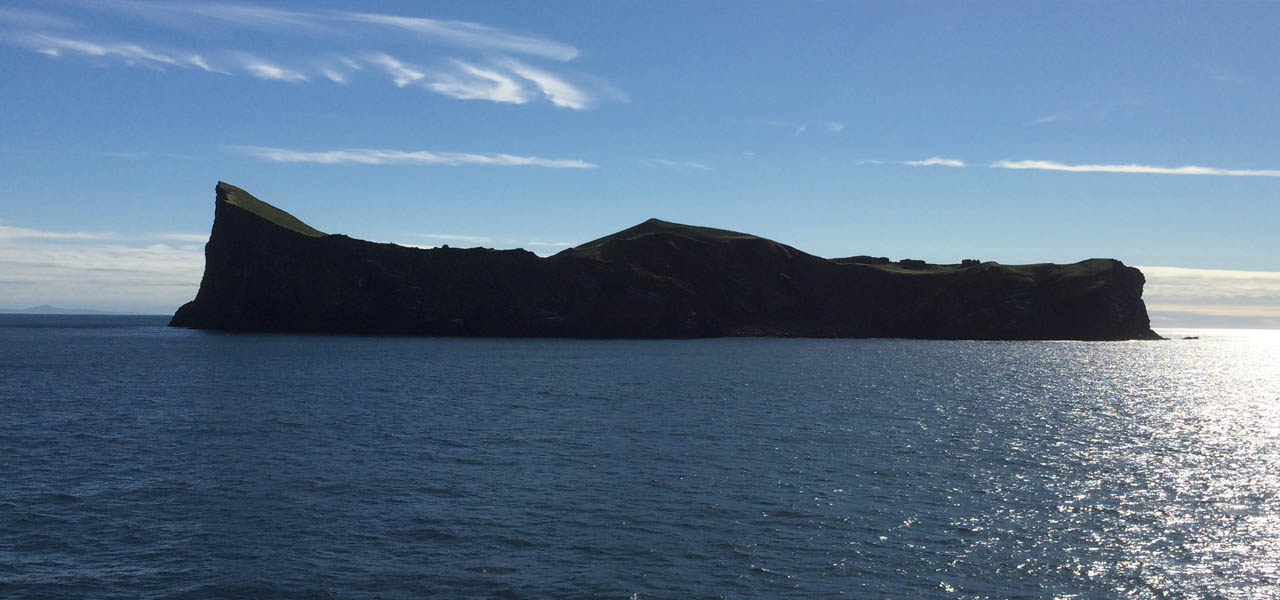
Fishmeal and fish oil production and trade in the EU
2021.9.13
SUMMARY:
Each year the EU produces from 400.000 tonnes to above 600.000 tonnes fishmeal and from 120.000 tonnes to 200.000 tonnes of fish oil. This constitutes around 10-15% of the global production. Denmark is by far the largest producer in the EU, accounting for 40% to 50% of the total production.
The Danish production is mainly based on landings of small pelagic species like sprat, sandeel, blue whiting and herring. The fisheries destined to produce fishmeal and fish oil in the EU are limited by quotas and the demand for human consumption. The raw material from fisheries varies depending on quotas.
The price level of European fishmeal and fish oil follows to large degree the global prices, which depend highly on the production in South America (Peru). Over the past 12 years, European fish oil prices on average have increased by 85% and fishmeal prices on average have increased by 37%.
The EU consumption of fishmeal decreased by around 40% from 2009 to 2020, to around 450.000 tonnes.
The imports of fishmeal from non-EU27 suppliers decreased by 54% from 2009 to 2020. The difference between imports and exports is shrinking but the EU is still a net importer of fishmeal. Imports from Peru decreased by nearly 90% in the period, to reach more than 42.000 tonnes in 2020; and the import share of imports from Peru on total EU27 imports decreased from 64% to 18%.
EU27 exports of fishmeal decreased by 36% in the same period which compensates for the decrease in imports (Peru). EU27’s imports of fish oil decreased by 19% to 217.000 tonnes from 2009 to 2020 and exports increased by 15% to 174.000 tonnes. In 2020, around 72% of the exports of fish oil from the EU27 was exported to Norway.
Fishing for the production of fishmeal and fish oil is called forage fisheries, industrial fisheries or protein fisheries. In Europe, it is fishing for sprat, sandeel, blue whiting and Norway pout. Herring from the Baltic Sea is also used mainly for fishmeal and fish oil. The main reason for this is that herring from the Baltic Sea contains environmental toxins that make it less suitable for food.



